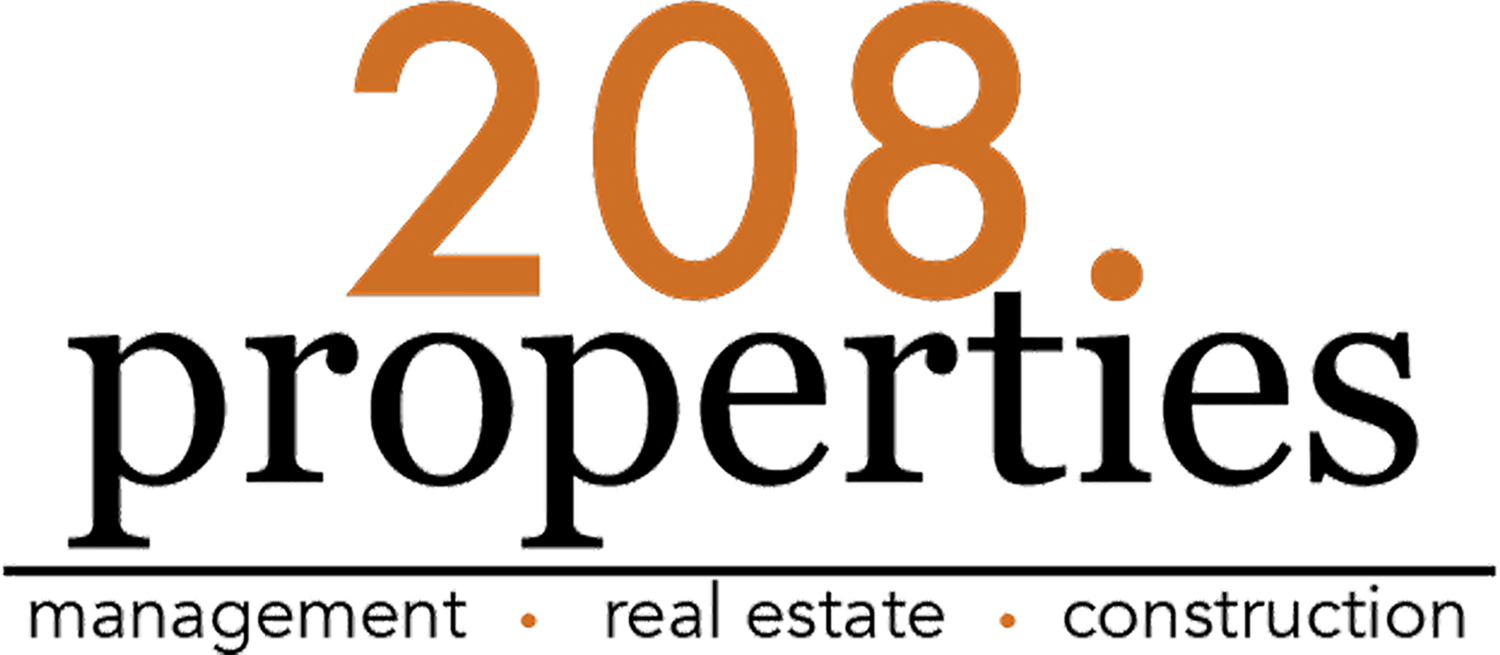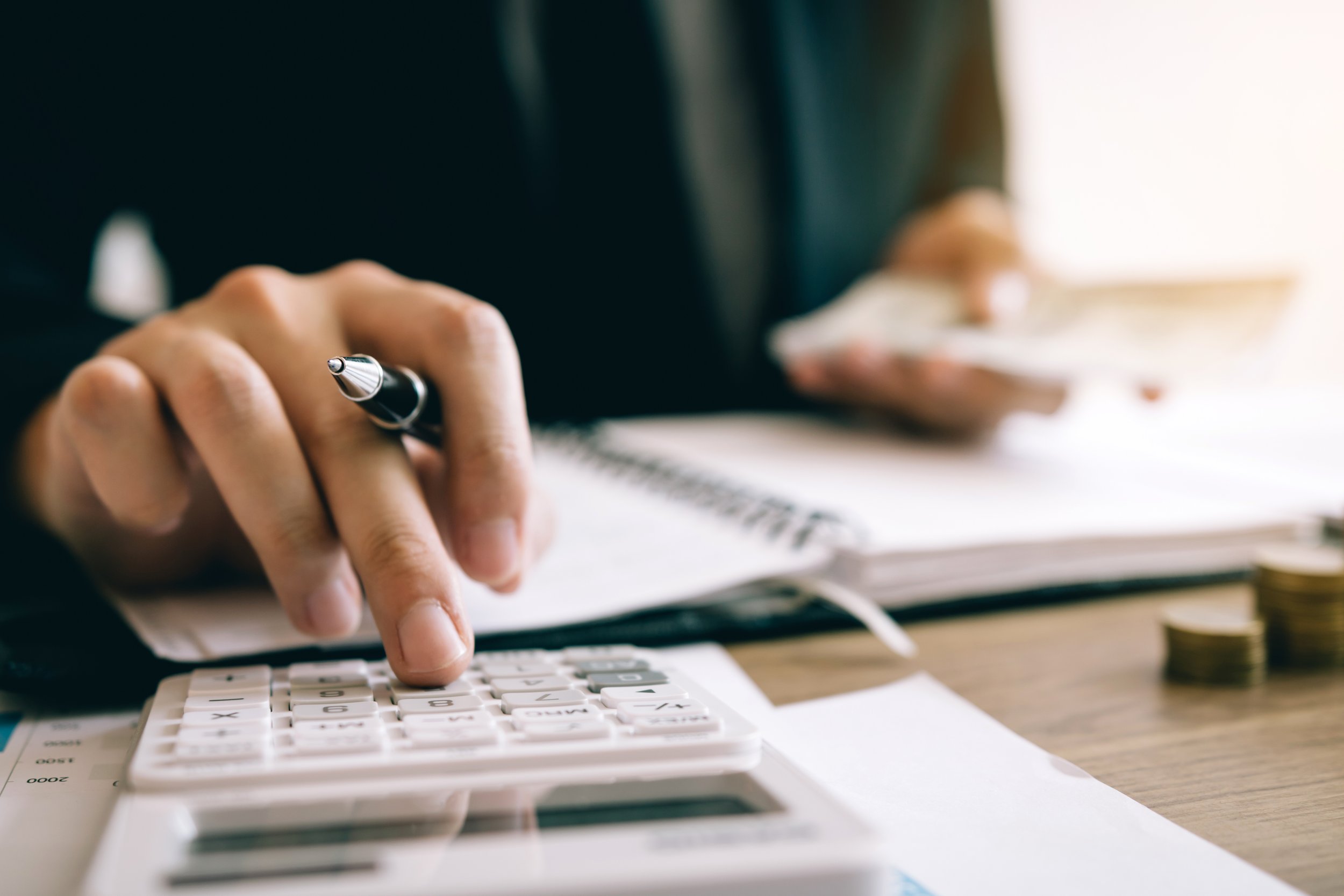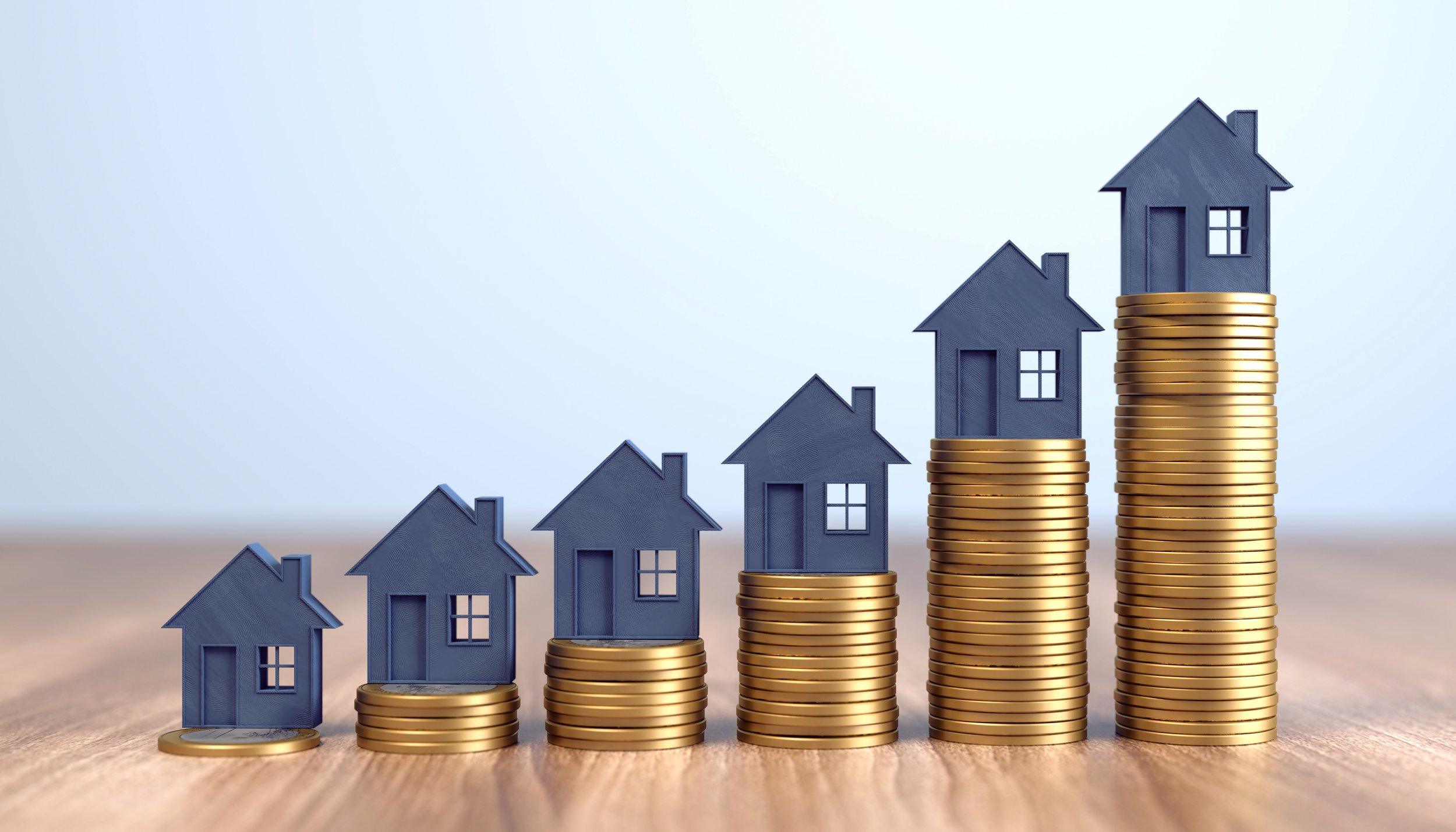Investing in rental properties in Boise can be a lucrative venture, providing a steady stream of income and potential long-term wealth accumulation. However, before diving into the market, it's essential to understand how to calculate the return on investment (ROI) for rental properties. This guide will walk you through the step-by-step process of calculating Boise rental property ROI, helping you make informed investment decisions and maximize your returns.
Step 1: Determine Your Investment Costs
The first step in calculating rental property ROI is determining your initial investment costs. This includes the property's purchase price, closing costs, and any renovation or improvement expenses. Consider all the costs involved in acquiring the property and preparing it for rental, such as inspection, legal, and property management fees. These costs will form the basis of your investment.
Step 2: Calculate Annual Rental Income
Next, calculate your annual rental income. This includes the total rent you can expect to receive from tenants over the course of a year. Consider factors such as market rental rates, vacancy rates, and the potential for rental growth. If you have multiple rental units, add up the income from each unit to get the total annual rental income.
Step 3: Deduct Operating Expenses
To determine your net rental income, deduct operating expenses from your annual rental income to determine your net rental income. Operating expenses may include property taxes, insurance premiums, property management fees, maintenance and repairs, utilities, and any other costs associated with maintaining the property. It's important to accurately estimate these expenses to get an accurate picture of your rental property's profitability.
Step 4: Calculate Net Operating Income (NOI)
Once you have deducted the operating expenses from your annual rental income, you will arrive at the net operating income (NOI). NOI is a key metric representing the property's profitability before considering mortgage payments and financing costs. It provides a clear understanding of the property's cash flow potential.
Step 5: Factor in Financing Costs
If you financed the property through a mortgage or other financing options, it's important to consider the financing costs when calculating ROI. This includes the monthly mortgage payment, interest expenses, and other financing-related costs. Deduct these costs from the net operating income to determine the cash flow after financing.
Step 6: Calculate Cash-on-Cash Return
To calculate the cash-on-cash return, divide the cash flow after financing by the total cash investment (initial investment costs). Multiply the result by 100 to express it as a percentage. The cash-on-cash return measures the annual return on your investment relative to the cash invested.
Step 7: Consider Appreciation and Tax Benefits
While the cash-on-cash return provides insight into the immediate returns, it's important to consider long-term factors such as property appreciation and tax benefits. Boise has experienced a steady increase in property values over the years, and this appreciation can significantly enhance your overall ROI. Additionally, certain tax deductions and benefits related to rental properties can reduce your taxable income and increase your returns.
Step 8: Evaluate Return on Equity (ROE)
Return on equity (ROE) measures the return on your investment relative to your property equity. It takes into account the property's appreciation and the principal paydown on the mortgage. To calculate ROE, divide the annual cash flow by the equity invested and multiply by 100. ROE provides a comprehensive view of the returns generated from cash flow and equity appreciation.
Step 9: Analyze Market Conditions and Future Potential
Beyond the initial calculations, it's essential to consider the current market conditions and the potential for future growth in the Boise rental market. Research the local real estate market, vacancy rates, rental demand, and economic factors that may influence rental prices and property values. This analysis will help you make informed decisions and identify properties with solid growth potential.
Step 10: Continuously Monitor and Adjust
Investing in rental properties is an ongoing process that requires monitoring and adjustment. Regularly review your property's performance, including rental income, expenses, and market conditions. Make adjustments to ensure your investment remains profitable and aligned with your financial goals.
Additional Considerations for Calculating ROI:
While the previous steps provide a solid foundation for calculating rental property ROI, there are a few additional considerations that can further enhance your analysis and decision-making process:
Cash Flow Analysis
Assessing the cash flow of a rental property is crucial for determining its long-term profitability. Evaluate the property's monthly cash flow by comparing the rental income to the monthly expenses, including mortgage payments, property taxes, insurance, utilities, and maintenance costs. Positive cash flow indicates that the property generates more income than expenses, contributing to a higher ROI.
Appreciation Potential
Boise has experienced steady property value appreciation in recent years, but it's important to consider the future appreciation potential when calculating ROI. Research market trends, economic indicators, and development plans in the area to gauge the likelihood of continued property appreciation. A property that appreciates significantly over time can significantly boost your overall ROI.
Tax Benefits
Explore the tax benefits associated with rental properties, such as deductible expenses, depreciation, and 1031 exchanges. These tax advantages can reduce your taxable income and increase your overall ROI. Consult with a tax professional or accountant to understand the specific tax benefits applicable to your investment strategy and property.
Risk Management
Assess the risks associated with rental property investment. Consider market volatility, potential tenant turnover, and unexpected expenses. Plan for contingencies by setting aside funds for repairs, vacancies, and other unforeseen circumstances. A well-managed risk strategy can help safeguard your investment and ensure a sustainable ROI.
Market Demand and Rental Rates
Analyze Boise's local rental market demand and rental rates. Research the vacancy rates, rental trends, and demographics to understand the demand for rental properties. Rental rates should be competitive and aligned with the market to attract quality tenants and maximize rental income. Strong demand for rental properties can contribute to a higher ROI.
Professional Property Management
Consider hiring a professional property management company like 208.properties to handle the day-to-day operations of your rental property. Property management companies have extensive experience in tenant screening, rent collection, maintenance, and legal compliance. Their expertise can help optimize your property's performance, reduce vacancies, and improve overall ROI.
Conclusion:
Calculating rental property ROI requires a comprehensive analysis of various factors, including investment costs, rental income, operating expenses, financing costs, market conditions, and additional considerations such as cash flow, appreciation potential, tax benefits, risk management, market demand, and professional property management. By carefully evaluating these factors and conducting thorough research, you can make informed investment decisions and achieve a desirable ROI on your Boise rental property. Remember to regularly review and update your calculations as market conditions and property performance evolve.












